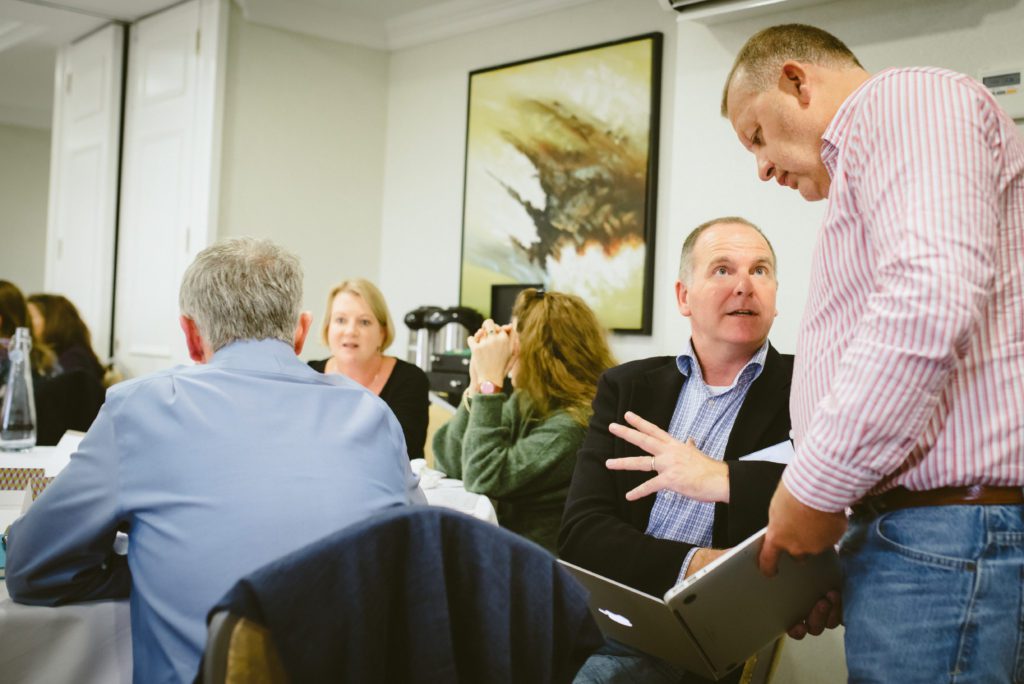The challenges for HR strategy of being a multi-site organisation
As businesses grow, it’s natural to acquire different sites – you might open a regional office, create a production facility out of town with more floor space and cheaper rent than your current offices. Or perhaps more commonly, you’ll acquire a smaller business with its own staff and premises. This blog by Andrea Richardson discusses the HR Strategy challenges for Multi-Site organisations.
For organisations with multiple sites, maintaining common working practices between sites can be tricky, particularly in sites that have been gained through acquisition. There may be different systems in place for payroll, procurement, etc which can cause headaches for central office. Staff might have different working hours or terms and conditions which can cause resentment between sites*. There is also the danger of a ‘silo mentality’ developing, where different sites see themselves as single entities and not part of a bigger business.
So how do you get everyone in the business working together towards the same goals and committed to making it succeed – no matter where they are based?
Communication
It all comes down to communication, according to Andrea Richardson, HR Director at People Puzzles. ‘It’s essential in multi-site operations, be it in setting out expectations, sharing good practice and understanding the whole company’s goals,’ she says. And it needs to start right at the top. ‘Successful communication across a company is down to the leadership team and how they engage with their teams across the different sites.’
As with any business, the senior leadership team needs to be aligned to the company’s vision, mission, strategy and objectives. ‘It’s then up to the team leaders to ensure that everyone in their team is clear on the company values and how their role contributes to the business goals,’ says Andrea.
Seeing the bigger picture
Sharing the business plan helps staff at different sites understand the wider company goals rather than simply focusing on their own metrics. ‘If they don’t join their own results up with the company as a whole, a site manager might be resistant to moving a customer to another site because they see their profit going,’ Andrea explains. ‘However, if the company loses that customer altogether, then everyone has lost out. In these situations, bonus schemes rewarding overall company performance – as well as team achievements – can give the right incentive.’
Harmonising systems
It’s amazing how quickly policies and procedures can diverge in different sites; even businesses that have grown organically can suddenly find that different sites are using different databases, services and systems. Harmonising policies around areas such as IT, procurement and HR across the business not only makes it easier for head office but also helps staff feel they are part of one cohesive business regardless of where they work.
Sharing good practice
Despite the challenges of running multiple sites, there are huge benefits to be had. Once you have established good channels of communication across your sites, there’s the opportunity to share information and good practice. ‘It is essential to share new initiatives,’ says Andrea. ‘Often, one site or region will be doing something really great to benefit production/customers/employees but they keep it to themselves – mainly because they get caught up in the day job and never get the chance to meet to build relationships across sites.’
Setting up cross-site workshops and team meetings at a different company sites can help different teams get to know each other. And with mobile technology such as video conferencing, there really isn’t any excuse not to stay in touch, regardless of where you are based. Andrea recommends making the most of these tools to work ‘smarter, not harder.’
Making the most of your staff’s skills
Do you have staff to step into the shoes of your management team if they should leave? If you aren’t aware of the staff skills across the business you may not be maximising what you have. ‘Succession planning helps make the most of the people you employ,’ says Andrea. ‘Think about building a list of skills and experience of each team for the future – this not only helps identify skills gaps but helps your staff identify a career path in your company.’
Celebrate diversity
Finally, remember that doing all this doesn’t need to prevent your sites having their own unique character. ‘It’s important to have company values and be true to them – but also have a separate identity,’ says Andrea. ‘It’s a fine balance to tread, but so long as they don’t contradict each other it can be great to celebrate your differences.’
If you need help aligning your everyone in your business to your strategic vision and goals, call People Puzzles on 0808 164 5826 or email us on [email protected].
*Changing staff terms and conditions through business acquisition requires expertise in TUPE (Transfer of Undertakings) Regulations. Call us if you need help in this area.

Andrea Richardson, HR Director.


